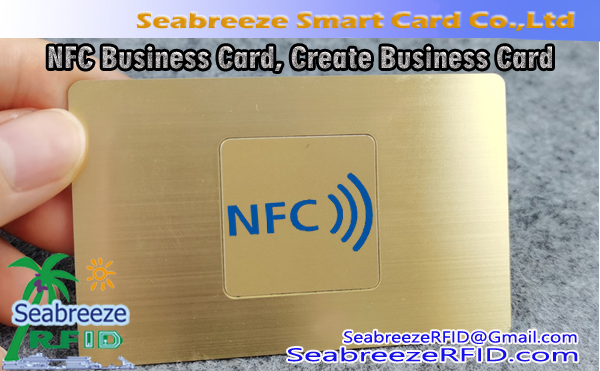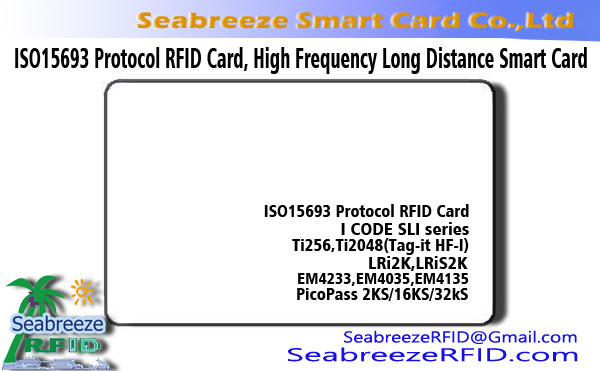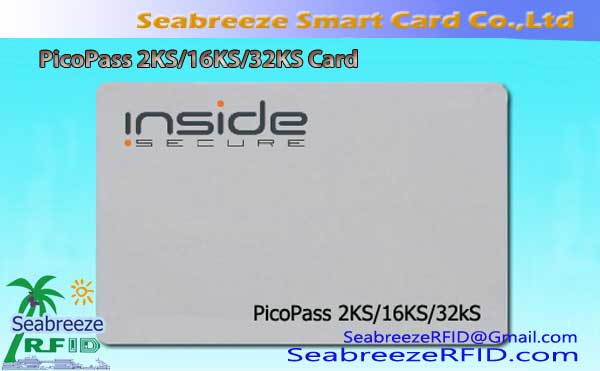Main entsprechen botekgeniki
IC chip:NTAG213/NTAG215/NTAG216 or specified
RF maqhubu: 13.56MHz
Protocol ea puisano: ISO 14443 Mofuta oa A
Data set:Read and write 100000 linako
Boitsebiso: Coated paper/Metal/Bamboo/Wood/PVC/ABS/PET/PETG/PLA/Polycarbonate, boikhethelo
Specification/Thickness: Customizable
Khatiso ea bokaholimo: 4C×2, Pantone color
NFC Business Cards are becoming increasingly popular among business people because of their convenience and versatility. NFC stands for Near Field Communication, which is a Radio Frequency Identification technology that allows wireless communication between two devices in close proximity.
NFC business cards are mainly made of coated paper, metal, bamboo and wood or plastics such as PVC and ABS, or Polycarbonate plastic, which is a green material.
NFC business cards typically have a small NFC chip embedded in them that can store information such as contact details, social media profiles, and website links, products. When an NFC-enabled device, such as a smartphone, is brought close to the card, it can read the information stored on the chip and display it on the screen.
The convenience of NFC business cards lies in the fact that they eliminate the need for physical business cards, which can easily get lost or forgotten.
With an NFC business card, the recipient can simply tap their phone against the card to instantly access the sender's contact information and other details.
Ho hatisa: Khatiso ea Offset, Patone enke Khatiso, Khatiso ea mebala-bala, Khatiso ea Silkscreen, Khatiso ea mocheso, Khatiso ea ink-jet, Khatiso ea dijithale.
Likarolo tsa ts'ireletso: Watermark, Ho tlosoa ha laser, Hologram / OVD, Enke ea UV, Enke ea Optical Variable, Sebaka se patiloeng sa barcode / Barcode, Mookoli o hlophiloeng, Micro-mongolo, Guilloche, Ho chesa ho chesa.
Ba bang: Ho qala data ea IC chip / Encryption, Lintlha tse Fetohang, Lenaneo la makenete le etselitsoeng motho, Phanele ea ho saena, Barcode, Nomoro ea letoto, Ho khabisa, Khoutu ea DOD, Khoutu ea khokahano ea NBS, Shoa-khaola.































































































 Fung
Fung
 Mookameli oa thekiso
Mookameli oa thekiso